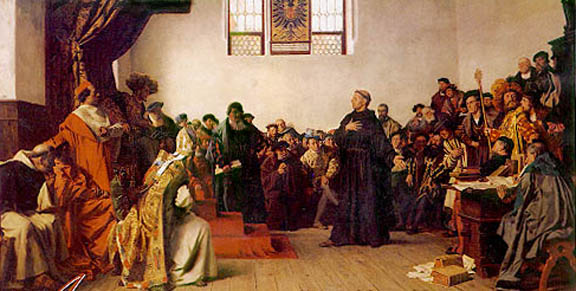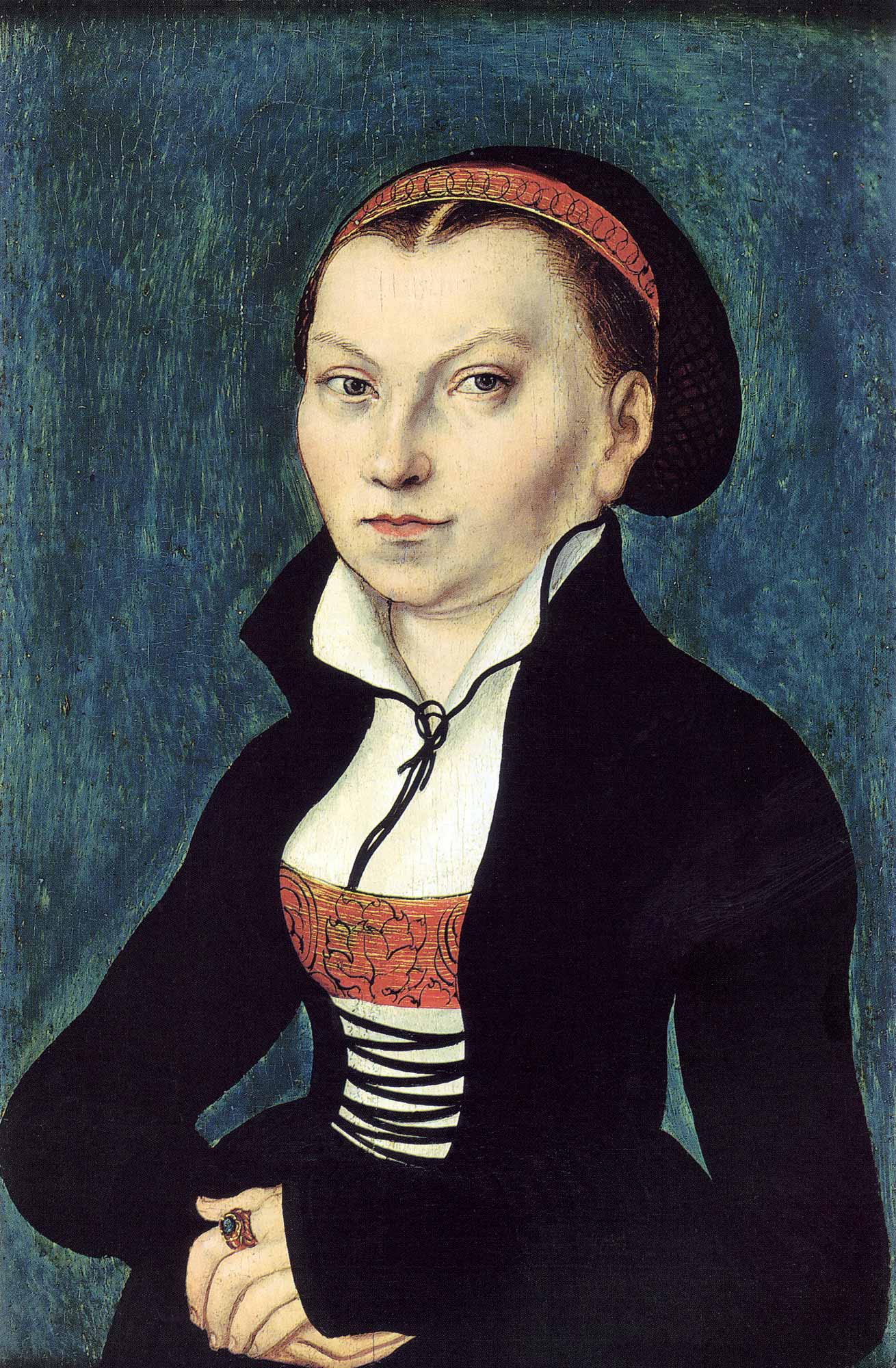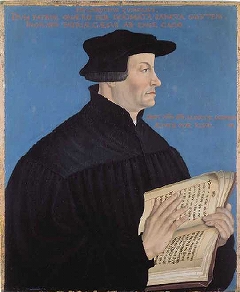
The Evangelical Revolt
Image: A fanciful representation by the nineteenth-century
artist, Anton von Werner (1843-1915), of Martin Luther at the Imperial
Diet of Worms, 1521, defiant in defense of his ideas before the Emperor,
Charles V.
I. Introduction: The “Great Man” Theory of Reformation
Film
Clip: Luther at the Diet of Worms (1521)
Image: Erasmus of Rotterdam (1469-1536)
Image: The Execution of Jan Hus (1415)
Map: Electorates and Imperial Cities
II. What Was
the Reformers' Message?
A. The Penitential Cycle of Pre-Reformation Catholicism
B. The Protestant Cycle of Salvation
1) Original Sin and Divine Law
2) Faith and Justification
Map:
The Holy Roman Empire of the German Nation, ca. 1400
Graph: The Penitential
Cycle of Late Medieval Catholicism
Graph: The Protestant
Scheme of Human Salvation
III. Cultural Consequences
A. The Transformation of Religious Practice
B. The Living and the Dead
Maps:
The Spread of Protestantism to 1650
Protestantism, 1530
Protestantism, 1560
Protestantism, 1600
Protestantism, 1650
Image:
Hans Baldung Grien, Luther Inspired by the Holy Spirit (1521)
Image: Hans Holbein the Younger, Hercules
Germanicus (1523)
Image: Lucas Cranach the Elder, Portrait
of Luther (1533)
Image: Incombustible
Luther (1689)

Image: Martin Luther's signature

One of the earliest portraits of Luther, Lucas Cranach the Elder (1520), showing the reformer in a the garb of an Augustinian monk with a tonsure. The legend reades: "Lucas' pen portrays the mortal features, Luther himself the eternal image of his spirit." Source: 'Luther as a Monk' by Lucas Cranach the Elder in Curt Glaser (ed) 'Lucas Cranach'; Deutsche Meister, edited by Karl Schaffer und Curt Glaser (Leipzig: Insel Verlag, 1921), p.151; Image source.




 The Media Revolution
of the Fifteenth Century
The Media Revolution
of the Fifteenth Century 